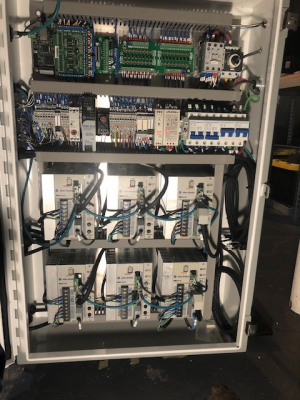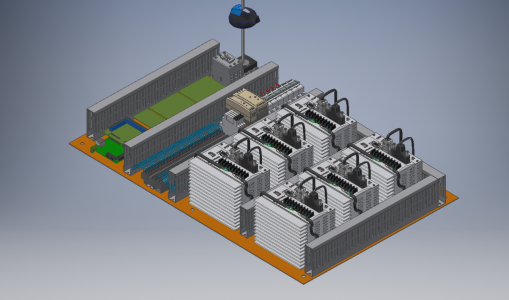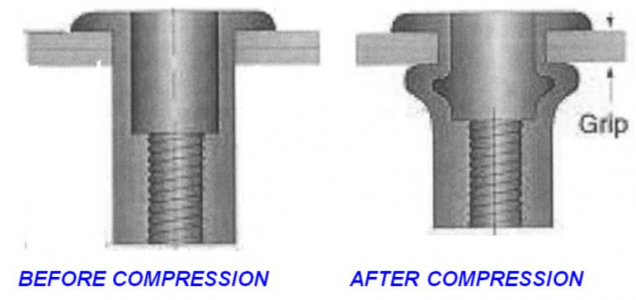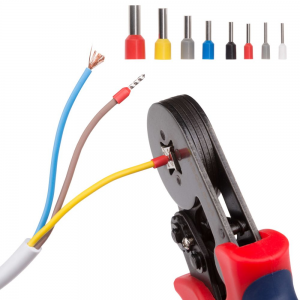- Joined
- Mar 26, 2018
- Messages
- 2,724
Hi all!
I am probably an oddball here who really enjoys the process of building electrical panels. I have two CNC mills (Sherline and a G0704) for which I have built several electrical panels over the years. At my day job, I design industrial control panels for some special applications. I often think the electrical side of machines gets overlooked in the hobby realm and I wanted to share some of my experience and tips for building great electrical panels.
I would love this to be a place for anyone to share their electrical experience and knowledge so please chime in if you have something to share!
-Mike
I am probably an oddball here who really enjoys the process of building electrical panels. I have two CNC mills (Sherline and a G0704) for which I have built several electrical panels over the years. At my day job, I design industrial control panels for some special applications. I often think the electrical side of machines gets overlooked in the hobby realm and I wanted to share some of my experience and tips for building great electrical panels.
I would love this to be a place for anyone to share their electrical experience and knowledge so please chime in if you have something to share!
-Mike






